In a typical grocery store near you, there is an abundance of healthy cereals and packaged snacks lining the shelves--at least, according to product labeling. The global healthy snacks market is nearly $86 billion US dollars and is expected to reach more than $108 billion in the next five years. This represents packaged foods that met the US government regulations for "healthy," at least until now.
New FDA Definition of Healthy
On September 28, 2022, the U.S. Food and Drug Administration (FDA) proposed new criteria for foods that would be labeled as "healthy." This definition is better aligned with the most current thinking in nutrition science.
More than 80% of people in the US don't eat enough vegetables and fruits, but consume way too much added sugar, saturated fat, and sodium, often in the form of "healthy" packaged foods. A primary goal of these new regulations is to reduce diet-related chronic disease.
“It has taken over six years for the FDA to revise these criteria, in part because of the entrenched interest of the food industry. This rule change will have a significant impact on a lot of food products, cince about 5% of all packaged foods in the US are labeled “healthy.””
At-a-Glance Definition
Under the new regulations, which are still being finalized, a "healthy" food would need to:
Have a meaningful amount of food from at least one of the food groups or subgroups from the US Dietary Guidelines
Limit saturated fat, sodium and added sugars within specific ranges
For example, a breakfast cereal would need to have at least 3/4 ounces of whole grains and no more than 1 gram of saturated fat, 2.5 grams of added sugar (less than a teaspoon), and no more than 230 milligrams of sodium (1/10 of a teaspoon of salt).
Breakfast cereals like Special K, Raisin Bran, Corn Flakes, and Honey Nut Cheerios—once labeled “healthy—will no longer qualify under the new regulations.


